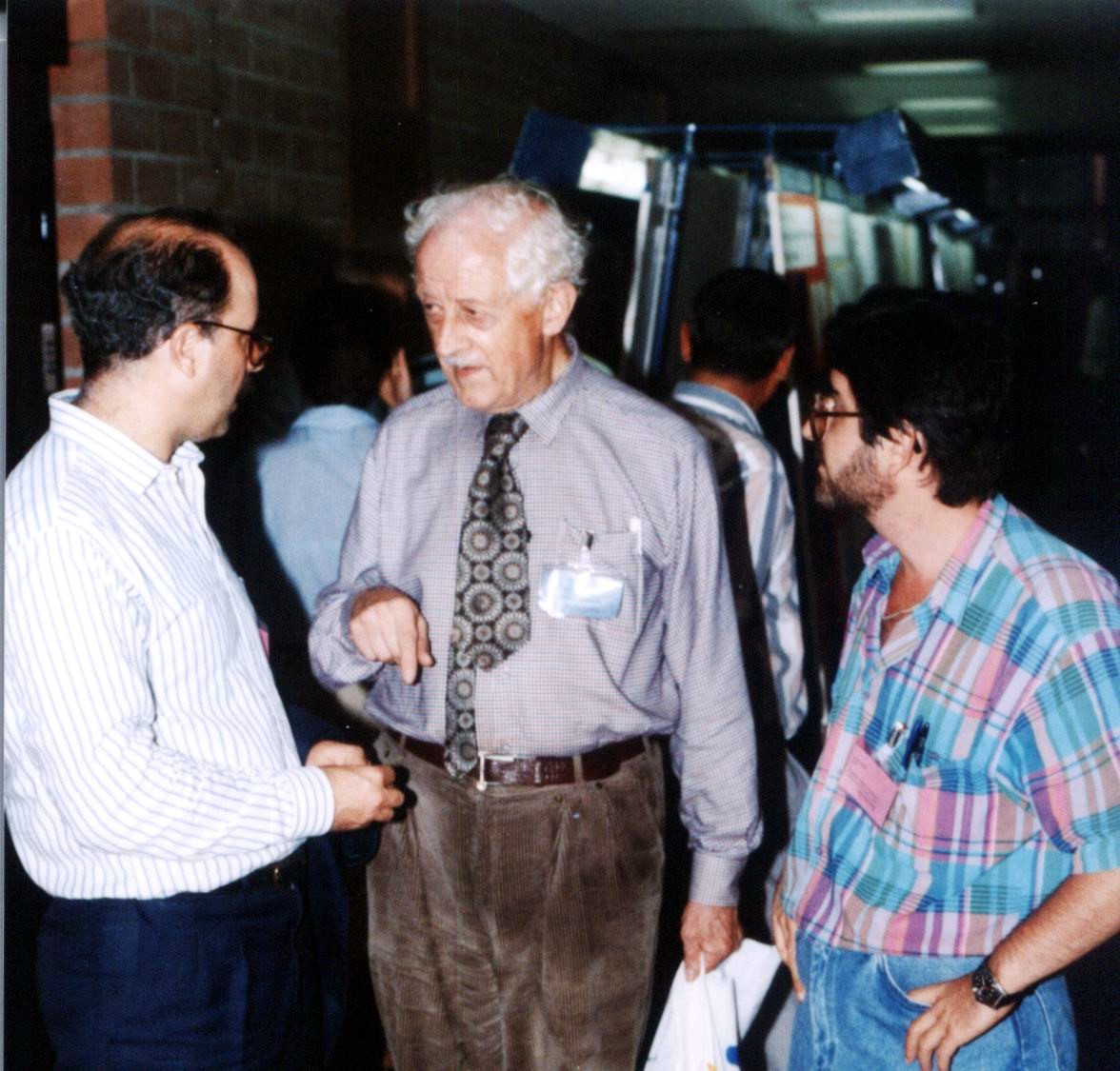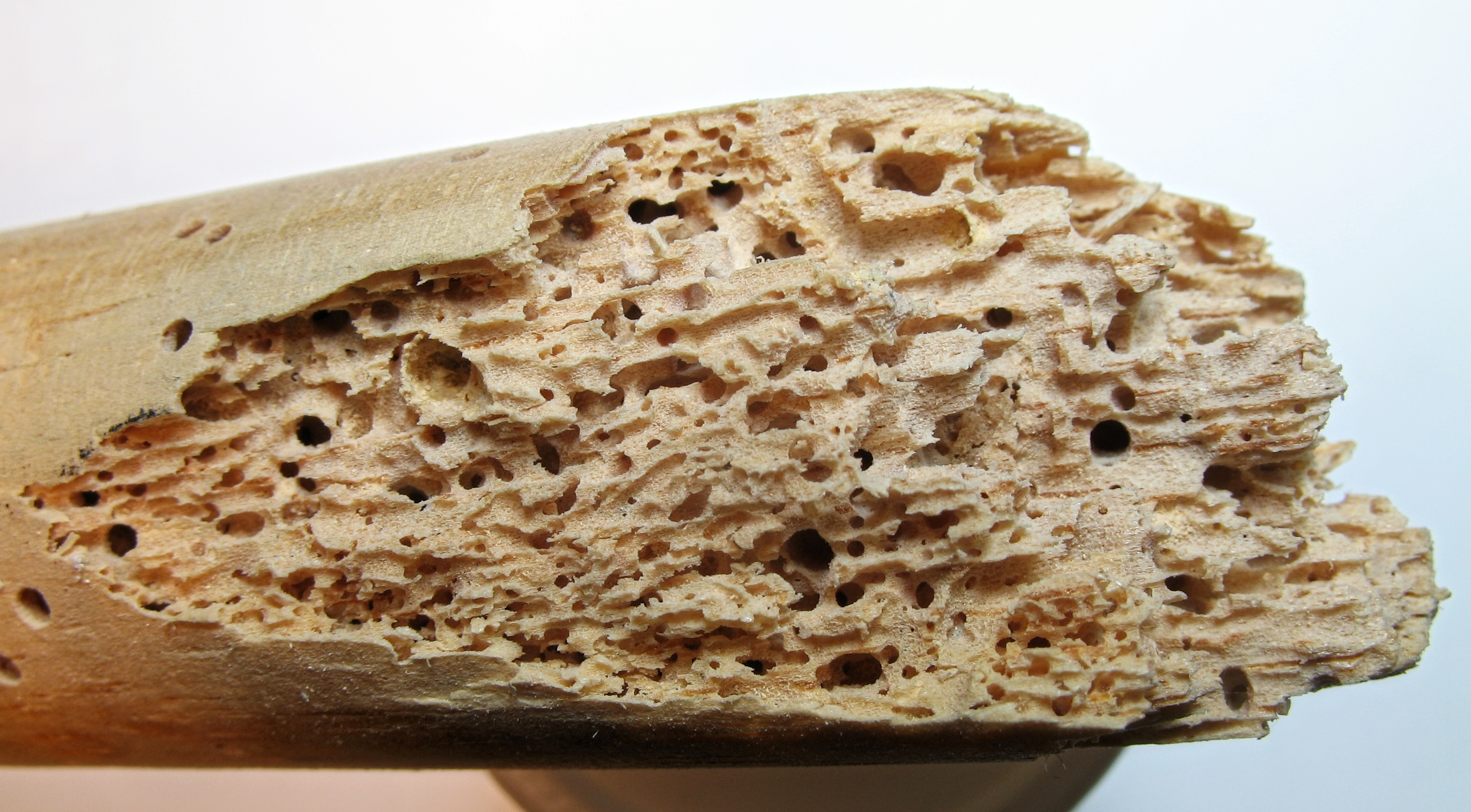|
Protocoleoptera
The Protocoleoptera are a Paraphyly, paraphyletic group of extinct beetles, containing the earliest and most primitive lineages of beetles. They represented the dominant group of beetles during the Permian, but were largely replaced by modern beetle groups during the following Triassic. Protocoleopterans typically possess prognathous (horizontal) heads, distinctive elytra with regular window punctures, Arthropod cuticle, cuticles with tubercles or scales, as well as a primitive pattern of ventral sclerites, similar to the modern Archostemata, archostematan families Ommatidae and Cupedidae. They are thought to have been Xylophagy, xylophagous and Woodboring beetle, wood boring. Nomenclature Protocoleoptera was originally proposed by Robert John Tillyard in 1924 for the extinct genus ''Protocoleus'', assigned to the family Protocoleidae. ''Protocoleus'' is now considered a member of the extinct order Protelytroptera (a stem-group of the modern Dermaptera, the earwigs), which would m ... [...More Info...] [...Related Items...] OR: [Wikipedia] [Google] [Baidu] |
Protelytroptera
Protelytroptera is an extinct order of insects thought to be a stem group from which the modern Dermaptera evolved. These insects, which resemble modern Blattodea, or cockroaches, are known from the Permian of North America, Europe and Australia, from the fossils of their shell-like forewings and the large, unequal anal fan. None of their fossils are known from the Triassic The Triassic ( ; sometimes symbolized 🝈) is a geologic period and system which spans 50.5 million years from the end of the Permian Period 251.902 million years ago ( Mya), to the beginning of the Jurassic Period 201.4 Mya. The Triassic is t ..., when the morphological changes from Protelytroptera to Dermaptera presumably took place. References Polyneoptera Extinct insect orders Earwigs Earwig taxonomy Permian insects {{permian-insect-stub ... [...More Info...] [...Related Items...] OR: [Wikipedia] [Google] [Baidu] |
Beetle
Beetles are insects that form the Taxonomic rank, order Coleoptera (), in the superorder Holometabola. Their front pair of wings are hardened into wing-cases, elytra, distinguishing them from most other insects. The Coleoptera, with about 400,000 described species, is the largest of all orders, constituting almost 40% of described arthropods and 25% of all known animal species; new species are discovered frequently, with estimates suggesting that there are between 0.9 and 2.1 million total species. However, the number of beetle species is challenged by the number of species in Fly, dipterans (flies) and hymenopterans (wasps). Found in almost every habitat except the sea and the polar regions, they interact with their ecosystems in several ways: beetles often feed on plants and fungi, break down animal and plant debris, and eat other invertebrates. Some species are serious agricultural pests, such as the Colorado potato beetle, while others such as Coccinellidae (ladybirds or ... [...More Info...] [...Related Items...] OR: [Wikipedia] [Google] [Baidu] |
Permocupedidae
Permocupedidae is a family of Protocoleopteran stem group beetles. They first appeared during the Early Permian, and were one of the dominant groups of beetles during the Middle Permian. They became rare in the Late Permian, with only one species known from the Triassic, '' Frankencupes ultimus'' from the Middle Triassic (Anisian) Röt Formation of Germany. They are thought to have been xylophagous (wood eating), which is presumed to be the ancestral ecology of beetles. Taxonomy Kirejtshuk (2020) included the following genera in an expanded (''sensu lato'') family, with the traditional (''sensu stricto'') Permocupedidae and related Taldycupedidae as subfamilies Permocupedinae and Taldycupedinae respectively. However, other studies have recovered Talycupedidae as more closely related to crown-group beetles than to Permocupedidae. *'' Afrocupes'' – South Africa: Western Cape (Kenmoore Farm), Whitehill Formation, Permian, Cisuralian, Sakmarian/Artinskian, −290.1–279.5 ... [...More Info...] [...Related Items...] OR: [Wikipedia] [Google] [Baidu] |
Tshekardocoleidae
Tshekardocoleidae is an extinct family of stem group beetles, known from the Permian. They represent some of the earliest known beetles. They first appeared during the Cisuralian, before becoming extinct at the beginning of the Guadalupian. A claimed Jurassic record is doubtful. Like other primitive beetles, they are thought to have been xylophagous. The oldest known beetle, '' Coleopsis,'' was originally assigned to this family, but is now assigned to its own family Coleopsidae. The Tshekardocoleidae are thought to have retained several plesiomorphies (ancestral characters) of Coleoptera in a broad sense. For instance, their elytra are flattened, lack epipleura (outer margins), cover the body loosely, and their tips extend beyond the apex of the abdomen. Their abdomens have a nearly cylindrical shape and are thought to have been flexible, apparently being able to strongly contract and expand. In extant beetles, the elytra are tight-fitting, forming a subelytral space which is abs ... [...More Info...] [...Related Items...] OR: [Wikipedia] [Google] [Baidu] |
Andrey Vasilyevich Martynov
Andrey Vasilyevich Martynov (; 21 August 1879 – 29 January 1938) was a Russian and Soviet entomologist and palaeontologist, a founder of the Russian palaeoentomological school. Originally interested in caddisflies and crustaceans, he later turned his attention to the study of the extensive fossil insect deposits in the territory of the newly established Soviet Union (e.g. Karatau and Sayan Mountains). He was able to interpret fossil insects in terms of comparative morphology of recent species, and his description of the evolutionary relationships of the various insect orders was ahead of its time. A number of major lineages that he proposed are still accepted in current insect Insects (from Latin ') are Hexapoda, hexapod invertebrates of the class (biology), class Insecta. They are the largest group within the arthropod phylum. Insects have a chitinous exoskeleton, a three-part body (Insect morphology#Head, head, ... classification. He was married to fellow palae ... [...More Info...] [...Related Items...] OR: [Wikipedia] [Google] [Baidu] |
Royal Society Open Science
''Royal Society Open Science'' is a peer-reviewed, open access scientific journal published by the Royal Society since September 2014. Its launch was announced in February 2014. It covers all scientific fields and publishes all articles which are scientifically sound, leaving any judgement of impact to the reader. As of 2022, the editor-in-chief, Wendy Hall, is supported by a team of subject editors and associate editors. Commissioning and peer review for the chemistry section of the journal is managed by the Royal Society of Chemistry. The journal offers Registered Reports across all subject disciplines, and Replications as a formal article type in the Psychology and Cognitive Neuroscience Section (as of 2019), though the journal welcomes replications in other disciplines, too. In 2021, the journal launched a new 'Science, Society and Policy' section of the journal. Articles published in ''Royal Society Open Science'' are regularly covered in the mainstream media, such as BBC News ... [...More Info...] [...Related Items...] OR: [Wikipedia] [Google] [Baidu] |
Roy Crowson
Roy Albert Crowson (22 November 1914 in Hadlow, Kent – 13 May 1999) was an English biologist who specialised in the Taxonomy (biology), taxonomy of beetles. He was curator at the Tunbridge Wells Museum, and then lectured at the Zoology Department of the University of Glasgow. The beetle family ''Crowsoniella'' is named in his honour. Life Crowson was born on 22 November in Hadlow, Kent. He was educated at the The Judd School, Judd School, in Tonbridge and then at Imperial College London, Imperial College, London University where he completed his Ph.D. in 1937. Crowson served in the Royal Air Force during the war, and was the Assistant Curator of the Tunbridge Wells Museum from 1938. Crowson moved from the Tunbridge Wells Museum to the Zoology Department of the University of Glasgow from 1949, where he was appointed as a lecturer. He collected beetles and their larvae from around the world and studied the relationships between them. His 1955 monograph, ''The natural classific ... [...More Info...] [...Related Items...] OR: [Wikipedia] [Google] [Baidu] |
Dermaptera
Earwigs make up the insect order Dermaptera. With about 2,000 species in 12 families, they are one of the smaller insect orders. Earwigs have characteristic cerci, a pair of forceps-like pincers on their abdomen, and membranous wings folded underneath short, rarely used forewings, hence the scientific order name, "skin wings". Some groups are tiny parasites on mammals and lack the typical pincers. Earwigs are found on all continents except Antarctica. Earwigs are mostly nocturnal and often hide in small, moist crevices during the day, and are active at night, feeding on a wide variety of insects and plants. Damage to foliage, flowers, and various crops is commonly blamed on earwigs, especially the common earwig '' Forficula auricularia.'' Earwigs have five molts in the year before they become adults. Many earwig species display maternal care, which is uncommon among insects. Female earwigs may care for their eggs; the ones that do will continue to watch over nymphs until ... [...More Info...] [...Related Items...] OR: [Wikipedia] [Google] [Baidu] |
Woodboring Beetle
The term woodboring beetle encompasses many species and families of beetles whose larval or adult forms eat and destroy wood (i.e., are xylophagous). In the woodworking industry, larval stages of some are sometimes referred to as woodworms. The three most species-rich families of woodboring beetles are longhorn beetles, bark beetles and weevils, and metallic flat-headed borers. Woodboring is thought to be the ancestral ecology of beetles, and bores made by beetles in fossil wood extend back to the earliest fossil record of beetles in the Early Permian (Asselian), around 295-300 million years ago. Ecology Woodboring beetles usually attack dying or dead trees. In forest settings, they are important in the turnover of trees by culling weak trees, thus allowing new growth to occur. They are also important as primary decomposers of trees within forest systems, allowing for the recycling of nutrients locked away in the relatively decay-resilient woody material of trees. To reach matu ... [...More Info...] [...Related Items...] OR: [Wikipedia] [Google] [Baidu] |
Xylophagy
Xylophagy is a term used in ecology to describe the habits of an herbivorous animal whose diet consists primarily (often solely) of wood. The word derives from Greek ξυλοφάγος (''xulophagos'') "eating wood", from (') "wood" and (') "to eat". Animals feeding only on dead wood are called sapro-xylophagous or saproxylic. __TOC__ Xylophagous insects Most such animals are arthropods, primarily insects of various kinds, in which the behavior is quite common, and found in many different orders. It is not uncommon for insects to specialize to various degrees; in some cases, they limit themselves to certain plant groups (a taxonomic specialization), and in others, it is the physical characteristics of the wood itself (e.g., state of decay, hardness, whether the wood is alive or dead, or the choice of heartwood versus sapwood versus bark). Many xylophagous insects have symbiotic protozoa and/or bacteria in their digestive system which assist in the breakdown of cellu ... [...More Info...] [...Related Items...] OR: [Wikipedia] [Google] [Baidu] |



